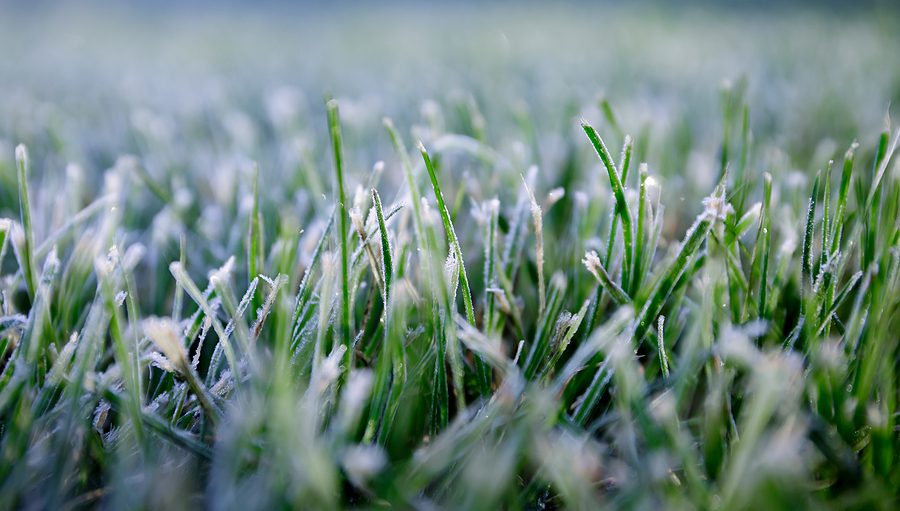Top Steps to Follow to Put Your Albuquerque Garden to Bed for Winter

Getting your garden beds ready for winter will make it much simpler to get an early start on planting in the spring. This is because it is challenging to work in a wet and damp bed in the spring. It is in your best interest to complete that task in the fall when the weather is more agreeable, and the beds are dry.
Consequently, if you are interested in learning how to put your garden beds to bed for the winter and have them emerge from their slumber feeling revitalized, you should begin with the following key steps:
COLLECT THE FALLEN LEAVES AND DEBRIS FROM THE YARD FOR THE COMPOST PILE AND THROW ANY FOLIAGE THAT HAS A DISEASE.
It would help if you pulled out any aging vegetable plants that are growing in your garden beds. Be cautious about getting rid of any vines infected with a disease or pests. If not disposed of correctly, the insects living in them will lay eggs and return the following spring. You may put any healthy plant material in the compost bin you have.
MULCH THE LAND AFTER IT HAS FROSTBITTEN
When there is an excessive amount of mulch, this can prevent the ground from freezing, which in turn prevents any diseases or pests that the earth may be harboring from dying. Therefore, you must wait until the ground has frozen before adding organic mulch, such as shredded leaves or a layer of clean straw. (The fall is also the most outstanding season to gather leaves and other brown matter for your compost bin.) (This also forms a fantastic natural mulch for your beds, which will degrade and benefit the soil below.)
GET RID OF THE ANNUALS AND COLLECT THE SEEDS.
After the ground has been frozen for the first time, pull out any annuals still alive in your garden beds. If they are healthy, add them to your compost pile. You can replace them with cold-hardy cultivars if you reside in an area where winters are not very harsh. Additionally, you should gather the seeds and, if feasible, get started drying them. The following year, they may be seeded again to provide additional support for your new crops. In addition, the fall is an excellent time to plant garlic bulbs in your garden. If you provide them with the appropriate quantity of fertilizer, they will remain dormant throughout the winter and then explode with growth in the spring.
GET RID OF WEEDS
Weeding your vegetable garden, flower beds, or lawn in the fall is the most effective time of year to do it. You may pull them out by hand on the property, or if you have a herbicide, now is an excellent time to spot-spray, particularly for weeds such as dandelion, thistle, and sticker grass.
SIDE DRESS WITH COMPOST AND MANURE
Before the ground freezes, now is an excellent opportunity to amend your garden beds by including manure, compost, peat, or leaves. In the spring, those nutrients will be able to provide nourishment for your plants.
